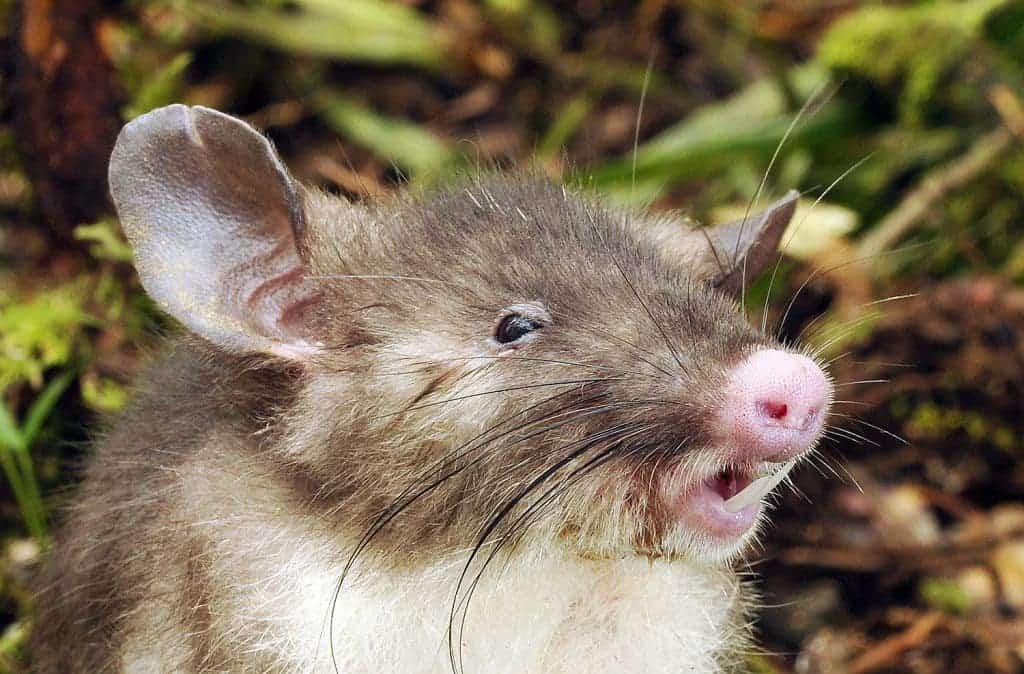While surveying the island of Sulawesi right in the center of Indonesia, a group of researchers came across a previously undocumented species of rodent. It was pretty easy too, considering the animal’s uncanny appearance: what would otherwise look like a normal looking rat, but with the nostrils of a hog.
Kevin Rowe, a curator for the Museum Victoria, was out on an expedition with other colleagues from Indonesia, Australia and the US trekking through the lush mountainside of the island. The team enlisted locals to help them set traps and collect samples. It took them no less than six weeks to reach the targeted area of the forest on the island.
They weren’t on the lookout for Hyorhinomys stuempkei, the hog-nosed rat, but they knew there was a good chance they’d find some new species to science on the island. Small as it is, Sulawesi is a biological treasure trove where many distinct species live and because it’s isolated, most of these animals are unique! For instance, last year the same team discovered amphibious and toothless rats. The rich diversity encouraged them to seek more. To their great satisfaction, they came across Hyorhimoys – a spectacular new species of rat.
Besides its hog-like appearance, there are other features that set it apart from other rats though you need to have a biologist’s trained eye. Its ears are longer and the mouth is smaller. The teeth are lower and resemble more those of a shrew rat. Also, the pubic hairs are long and extended reminiscent of Australian mammals.
“I am still amazed that we can walk into a forest and find a new species of mammal that is so obviously different from any species… that has ever been documented by science,” said Rowe.











